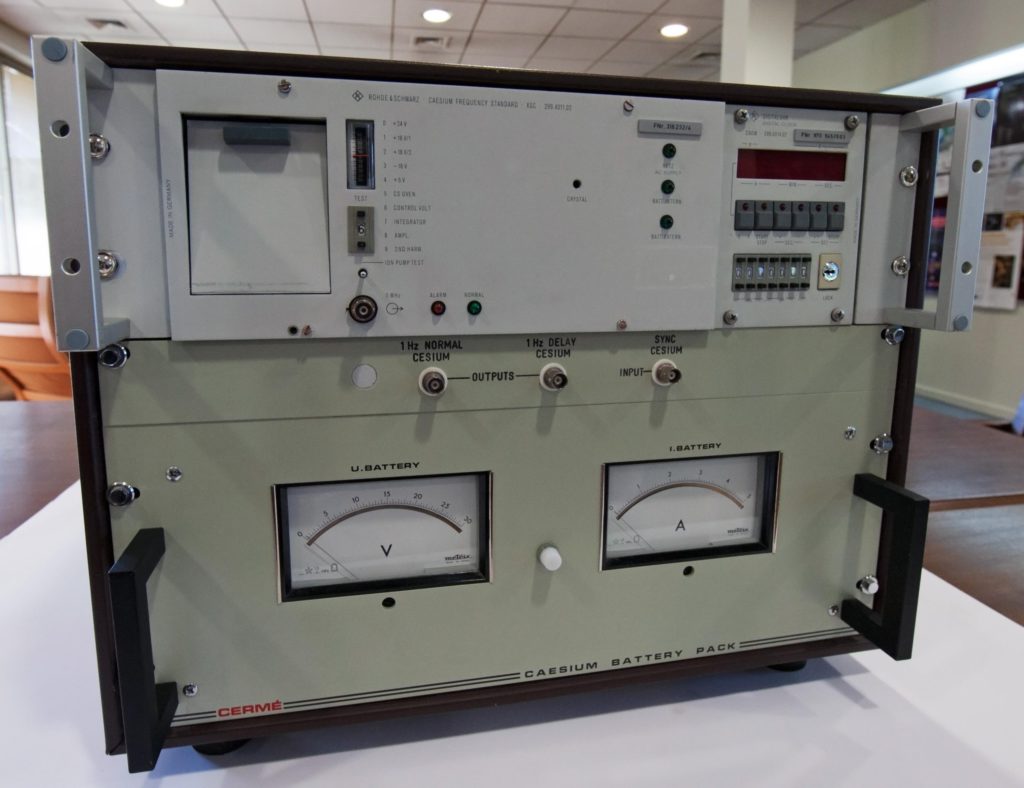

And this difference is essential for any correct description of their difference in height. If two identical clocks are out of sync, you have in fact a direct measurement of the difference in their local gravity fields. These developments will soon put general relativity into the geodetic tool kit. The light’s wavelength, or frequency, is so stable that this clock loses or gains only 1.4 × 10 -18 of a second per second, which would add up to an error of less than 1 second over the age of the universe.Įqually important, methods have been devised to transport time signals produced by multiple atomic clocks across long distances over glass fiber links to compare them in one place. The best clock so far, constructed at the National Institute of Standards and Technology ( NIST) in the United States, uses light emitted by ytterbium atoms stimulated by laser light. Atomic clocks have gotten so good, measuring time in such small increments and with such stability, that the gravitational slowing of time can actually be observed at familiar terrestrial height differences. And his general theory of relativity predicted that twin clocks would not keep time at the same clip if one of them were nearer to an attracting – or rather, a space-time-bending – mass. His special theory of relativity predicted that twin siblings would no longer be the same age if one of them made a very fast trip into space and back. This used to be a Gedankenexperiment, or “thought experiment,” as Albert Einstein called the rigorous but imaginary experiments that led him to groundbreaking discoveries about space and time. In physical terms, the clock would exist at a lower gravitational potential. It would just be keeping time in a different kind of space: closer to the centre of Earth, which is to say, deeper in its gravity well. The clock on the water’s edge would be ever so slightly behind, about 2 ten-thousandths of a second. By now, after 200 years, these clocks would disagree. Suppose he sent an identical clock 161 kilometres north and 309.7 metres down to the port city of Bremerhaven, at sea level. Suppose Gauss in 1819 had installed a clock next to his triangulation stone on the Kalenberg, a clock that kept perfect time. We are now at the level at which this starts to be not purely theoretical anymore.” Time is the fourth coordinate, and it’s where the irregularities due to gravity come in.

It’s not just Euclidean space that we’re living in. Here we are, in this four-dimensional reality, the curved space-time. “We are in this four-dimensional reality”Įven though he’s been working at relativistic geodesy for years, it never ceases to fascinate Flury: “It’s really a new world, a new awareness. He recently gave a talk on the future of the new approach, relativistic geodesy, at the International Union of Geodesy and Geophysics ( IUGG) General Assembly in Montreal, Que., Canada. That’s why Flury, with colleagues across the world, is looking to incorporate into geodesy the most advanced theory of space – and time – available: general relativity. Radio telescopes track the movement of the continental plates on which they rest, millimetre by millimetre, by staring in unison at quasars – active galactic nuclei billions of light-years away – in a process called very long baseline interferometry.īut it is not enough. Fleets of geolocation satellites, such as GPS, now allow people with a receiver to determine where they are within a few meters or, with advanced equipment, millimetres. From orbit, taking the measurement of the Earth was among the first tasks entrusted to satellites.

Two hundred years later, geodesy, the science of measuring the Earth, demands more.Īnd it has more. Gauss was assigned to survey the Kingdom of Hanover by covering it with imaginary triangles – their vertices anchored by hilltops and church towers, their sides accurately calculated by trigonometry. It was good enough for an early-19th-century scientist, at least. And then the centre of this stone had these very good coordinates.” They did the angular measurements, and brought them down to the benchmark. When did his measurements, they built a small tower so they could look over the trees, and sometimes also cleared the forest, so they could look for 100 kilometres or maybe even more. “It’s just a stone, a triangulation stone as we say,” explained Flury, a professor at Leibniz University in Hanover, Germany. That would be Carl Friedrich Gauss, the famous German mathematician. It’s about an hour’s walk from where Jakob Flury lives – through his village of Völksen in Germany, up a hill called the Kalenberg – to see a monument to his profession: “A geodesy marker from Gauss, where he did his observations, his triangulations.”


 0 kommentar(er)
0 kommentar(er)
